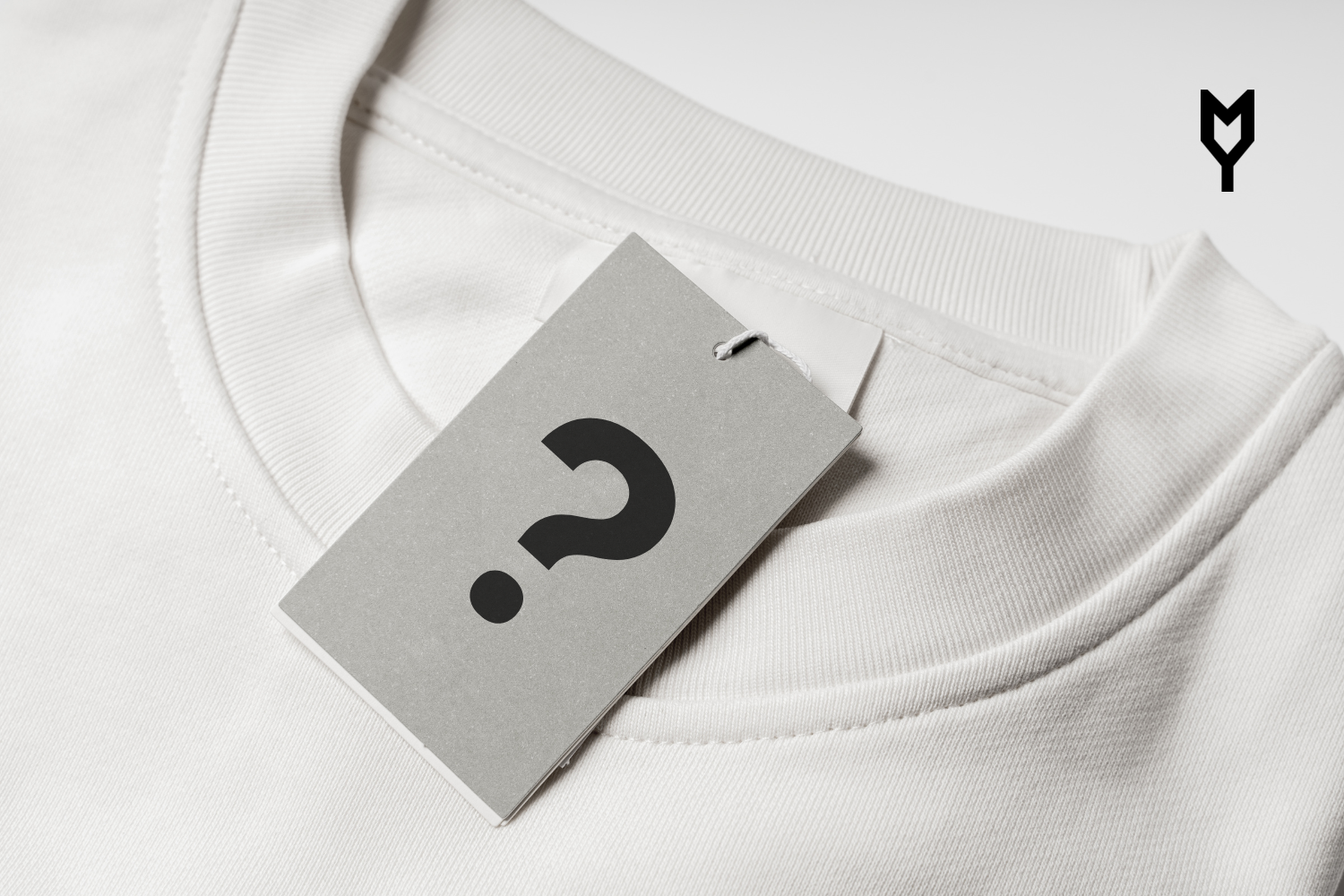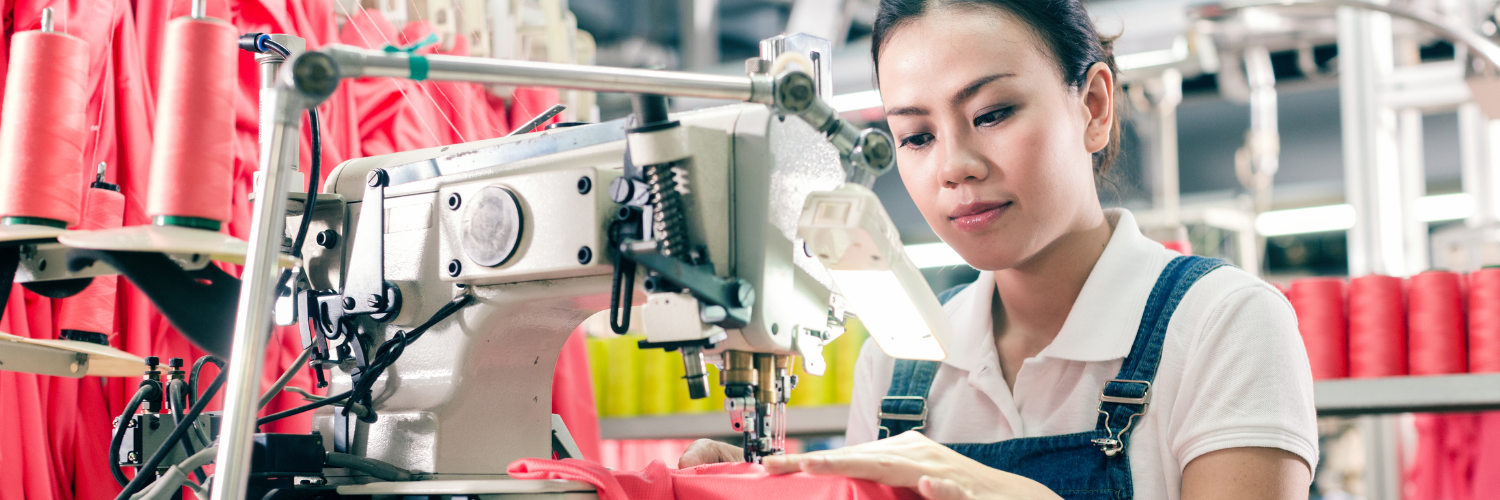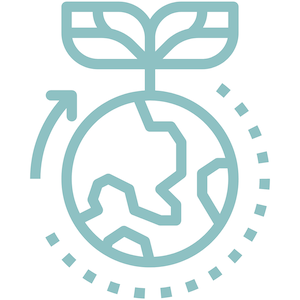(Un)sustainability of the fashion industry
In this article you will learn why the transition to sustainability in the fashion industry is important, what are the lesser-known challenges in supply chains and what is the importance of building a better and more responsible fashion industry for the future.

The fashion industry is one of the largest and most influential industries in the world. While the growing awareness of the fashion industry's environmental impact over the last few years has caused a surge in demand for sustainable fashion, the ratio of sustainable vs. conventionally produced clothing still shows that we are only at the beginning of the journey. However, the move towards sustainability is a necessary step not only for environmental reasons, but also for economic and social reasons. Let us recall the well-known as well as the less obvious reasons for the change in the fashion industry:
 Environmental protection - Conventional production practices consume large amounts of water and use many hazardous chemicals and pesticides in cotton cultivation. The production environment is polluted through water contamination and greenhouse gas emissions. Therefore, one of the main and most well-known reasons why it is necessary to switch to sustainable textile production as quickly as possible is the negative impact of conventional production on nature and its resources.
Environmental protection - Conventional production practices consume large amounts of water and use many hazardous chemicals and pesticides in cotton cultivation. The production environment is polluted through water contamination and greenhouse gas emissions. Therefore, one of the main and most well-known reasons why it is necessary to switch to sustainable textile production as quickly as possible is the negative impact of conventional production on nature and its resources.

Protecting the irreplaceable value of nature is thus often one of the main motivators for choosing sustainable fashion that focuses on minimising these negative impacts and opts for environmentally friendly production practices. This includes using certified organic and recycled materials, reducing waste and emissions, using renewable energy sources and generally growing and processing raw materials more sustainably.
 Social Responsibility - The conventional fashion industry also often faces criticism for unfair working conditions, low wages for workers, child labour, and other unethical practices that violate labour laws in order to keep production costs to a minimum. Sustainable fashion, on the other hand, seeks to provide workers with a safe working environment, fair conditions and decent wages. Sustainable brands therefore often use certifications such as FAIRWEAR or FAIR TRADE as credible indicators for customers.
Social Responsibility - The conventional fashion industry also often faces criticism for unfair working conditions, low wages for workers, child labour, and other unethical practices that violate labour laws in order to keep production costs to a minimum. Sustainable fashion, on the other hand, seeks to provide workers with a safe working environment, fair conditions and decent wages. Sustainable brands therefore often use certifications such as FAIRWEAR or FAIR TRADE as credible indicators for customers.

 Ethical and fair practices on the market - Among the less discussed reasons for the transformation of the fashion industry is the uneven distribution of power between brands and their suppliers. In a conventional supply chain, brands and retailers have the upper hand in contractual negotiations and production coordination, allowing them to dictate terms that are favourable to them. This may include delivery times, product prices and purchasing conditions. This imbalance of power can then lead to unfair commercial practices. For example, suppliers can easily find themselves in a situation where they are left without payment for a manufactured order and their workers without pay.
Ethical and fair practices on the market - Among the less discussed reasons for the transformation of the fashion industry is the uneven distribution of power between brands and their suppliers. In a conventional supply chain, brands and retailers have the upper hand in contractual negotiations and production coordination, allowing them to dictate terms that are favourable to them. This may include delivery times, product prices and purchasing conditions. This imbalance of power can then lead to unfair commercial practices. For example, suppliers can easily find themselves in a situation where they are left without payment for a manufactured order and their workers without pay.
As brands often dictate production prices and payment terms, it happens that suppliers have to accept very low prices for a sewn piece in order to maintain the business relationship and not go bankrupt, resulting in very low margins or forcing them to break the law (e.g. illegal labour, neglected machine inspection, etc.). Brands and middlemen also often demand that production prices be maintained or even reduced, even though raw material prices have risen.

Unfair purchasing practices in the garment industry are typical not only in the Asian market but also in the European market. Moreover, smaller order volumes with shorter lead times are more common in the European fashion market. This leads to overcrowding of production capacity and difficulties in production planning. Last-minute rush orders and changes in order specifications are thus a frequent problem faced by manufacturers. The sustainable approach emphasises transparency in the production chain and the conditions under which the product was actually produced.
 Long-term sustainability of the industry - Without a transition to sustainability, the fashion industry will continue to face increasing long-term risks and hard-to-solve issues such as resource scarcity, deteriorating water quality, climate change, stricter regulatory measures and many other challenges that may not yet be so obvious today. Only by changing to a more sustainable fashion sector can we adapt to these challenges, be competitive and create a sustainable business model for the long term. It is equally important that customers are more informed and aware of the impact of their purchasing decisions on the environment and society and prefer products that are made fairly and ethically.
Long-term sustainability of the industry - Without a transition to sustainability, the fashion industry will continue to face increasing long-term risks and hard-to-solve issues such as resource scarcity, deteriorating water quality, climate change, stricter regulatory measures and many other challenges that may not yet be so obvious today. Only by changing to a more sustainable fashion sector can we adapt to these challenges, be competitive and create a sustainable business model for the long term. It is equally important that customers are more informed and aware of the impact of their purchasing decisions on the environment and society and prefer products that are made fairly and ethically.
The European Union strives to extend the product lifecycle and end "fast fashion". In June 2023, the European Parliament adopted recommendations for the EU Strategy for Sustainable and Circular Textiles. The strategy calls for textile products sold in the EU to be more durable, easier to reuse, repair and recycle. It states their production should respect human, social and labour rights, the environment and animal welfare throughout the supply chain. Consumers will be given more information on how to reuse, repair and recycle clothing.

At MERCHYOU, we strive to operate to the highest environmental and ethical standards. From the very beginning, we strive to be as environmentally friendly as possible in all aspects of our manufacturing process. We select our suppliers carefully and choose those with whom we can share our values of sustainability. As a result, you can find GOTS-certified textile with us that we will eco-print in our sustainable production.
The fashion industry's transition to greater sustainability is a key step in building a better and more responsible industry. Environmental protection, social responsibility, ethical market behaviour, long-term sustainability are just some of the benefits that sustainable fashion can bring. At MERCHYOU, we are proud to take responsibility for our production and strive to contribute to the transformation.
Zdroje:
Fast Fashion and its impacts
Fast Fashion Purchasing Practices in the EU
Parliament wants to make EU textiles and clothing industry greener

